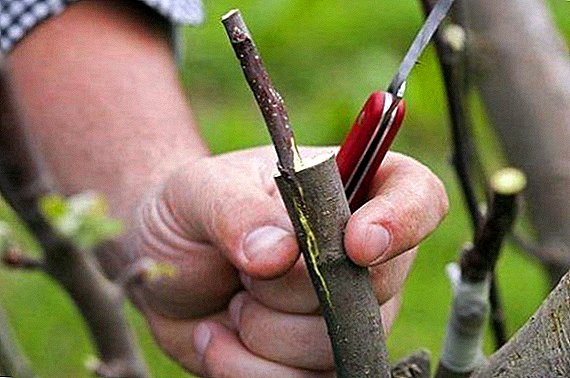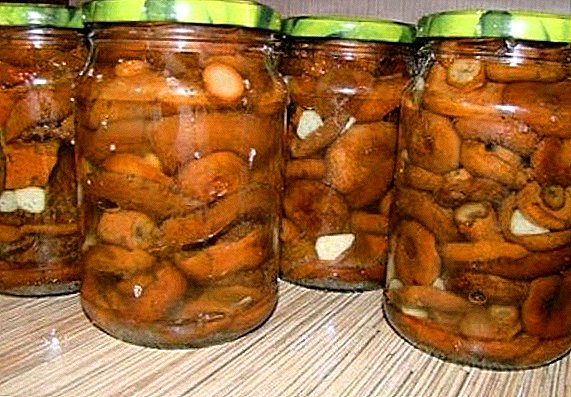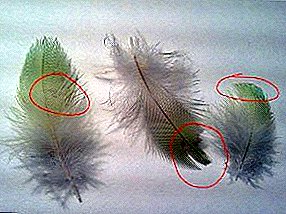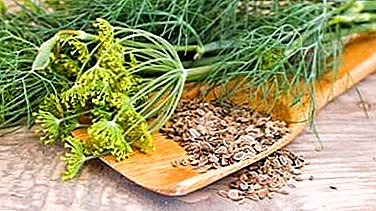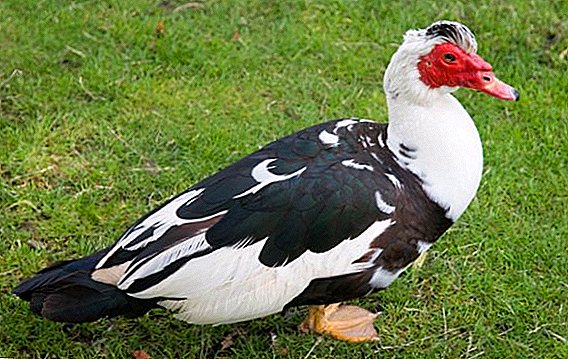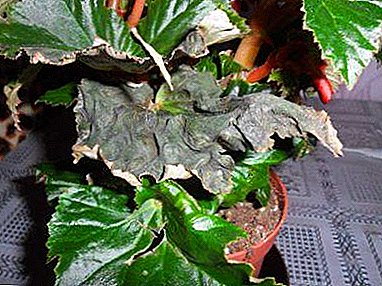 Farmers and rabbit breeding enthusiasts know that these animals can suffer from myxomatosis and viral hemorrhagic rabbit disease (UHD) - dangerous diseases that are fatal to animals.
Farmers and rabbit breeding enthusiasts know that these animals can suffer from myxomatosis and viral hemorrhagic rabbit disease (UHD) - dangerous diseases that are fatal to animals.
The main tool aimed at combating these diseases is prophylactic vaccination. In our article we will discuss what kind of vaccine should be used to avoid the death of rabbit stock from these viruses.
Composition and release form
In order to vaccinate rabbits from the aforementioned diseases, they use the associated vaccine against myxomatosis and UHD as a complex preparation that provides protection against both viruses. This tool in the form of dry porous mass is packaged in glass bottles of 10, 20, 50, 100 and 200 cubic centimeters. Each bottle contains 20, 40, 100 and 400 doses of the drug. In its development were used strains B-82 myxoma and B-87 UGBC.
Important! The vaccine itself does not have a healing property. If an animal already infected with a virus has been vaccinated, then its death is inevitable.
Pharmacological properties
This tool is an inactivated vaccine that promotes the development of immunity against the viruses mentioned in rabbits by forming specific antibodies in them. Vaccinated animals develop immunity after 72 hours, lasting for 1 year. 
Indications for use
With the help of an inactivated vaccine, preventive immunization of rabbits against myxomatosis and hemorrhagic disease is carried out.
Read how to identify and treat myxomatosis and rabbit viral hemorrhagic disease.
How to prick and how to dilute the vaccine: instructions
A veterinary specialist can vaccinate rabbits for myxomatosis and hemorrhagic disease, but if necessary, you can vaccinate animals yourself. During vaccination, the powder is diluted with saline in a ratio of 1: 1 to obtain a suspension of inactivated hydroxide aluminum vaccine. Distilled water is also used instead of saline. 
Learn how to use Rabbiwak V for rabbits.
Rabbits are vaccinated as follows:
- intramuscularly - 1 dose is diluted in 0.5 ml of saline and 0.5 ml is injected in the upper thigh;
- in the form of an intradermal injection, dilute 1 dose in 0.2 ml of saline and inject 0.2 ml of the solution into the subtail tail or ears;
- subcutaneously - 0.5 ml of solution inject subcutaneously into the withers of the animal;
- use the drug no earlier than 45 days of age of the animal;
- the weight of an individual being vaccinated should not be less than 500 g;
- a particularly relevant period for vaccination is summer time (during the period of activation of insect-bloodsuckers);
- in a prosperous household, vaccination is carried out once (revaccination is every 9 months);
- in a dysfunctional farm, healthy individuals and 45-day-old young animals are vaccinated (the first revaccination - after 3 months, the next - every 6 months).
Did you know? Rabbit eyes can even see what is happening behind the animal’s back, and the rabbit may not even turn its head.

Security measures
When vaccinating rabbits it is necessary to observe the following safety measures:
- When using injection syringes, needles and syringes should be boiled in water for 20 minutes before vaccination;
- if a needleless injector is used, its head, mandrels, spare nozzles and plunger must be sterilized by boiling in water distillate for 20 minutes;
- the injection site must be treated with alcohol;
- it is permissible to use one needle when vaccinating one individual;
- after each injection, the needleless injector must be treated with 70% alcohol, immersing it there for 5 seconds;
- The observance of the general rules of safety and personal hygiene, which are provided for when working with veterinary medicinal products (have special clothing and personal protective equipment), is necessary;
- The workplace where vaccination is carried out should be provided with a first-aid kit;
- if the drug gets on the skin or mucous membranes of a person, it is necessary to rinse them with clean running water;
- If a person accidentally injected the drug, it is urgent to contact a medical facility.

Important! If worms are present in rabbits, they must be dewormed before vaccination.
Contraindications and side effects
There are some contraindications to the use of the vaccine:
- It is impossible to vaccinate weakened individuals who have had an infectious disease.
- It is unacceptable to vaccinate individuals with high body temperature.
- Contraindications to vaccination is the presence of worms in rabbits.
 Some possible side effects observed in rabbits with the introduction of the drug:
Some possible side effects observed in rabbits with the introduction of the drug:
- Within three days, the regional lymph nodes may increase.
- Swelling may occur at the site where the injection was made. Passes spontaneously within 7-14 days.
We advise you to find out what diseases of rabbits can be dangerous to humans, as well as what eye and ear diseases can affect the rabbit.
Shelf life and storage conditions
Here are the requirements for the shelf life of the drug and its storage:
- Keep the vaccine for 2 years in a cool, dry place without lighting.
- Keep the drug out of the reach of children and animals.
- Storage temperature should not exceed + 2-8 ° C.
- After opening the bottle, the shelf life of the vaccine is reduced to 1 week.
- If the integrity of the bottle is broken or mold, foreign matter or flakes is found in it, such a preparation should not be used.
- You can not freeze the vaccine, otherwise it loses its properties.
- Expiration of the vaccine is not permitted.
 When using the associated vaccine against myxomatosis and UHDB for the prevention of these diseases in rabbits, it is necessary to observe the terms of vaccination and the correct dosage, as well as take into account contraindications and possible side effects from the drug.
When using the associated vaccine against myxomatosis and UHDB for the prevention of these diseases in rabbits, it is necessary to observe the terms of vaccination and the correct dosage, as well as take into account contraindications and possible side effects from the drug.
Did you know? A rabbit weighing 2 kilograms is able to drink the same amount of water as a 10-kilogram dog.It is also important to remember that vaccination is only one of the elements of comprehensive care for these animals, which need to be kept as clean as possible and feed them with complete feeds.



